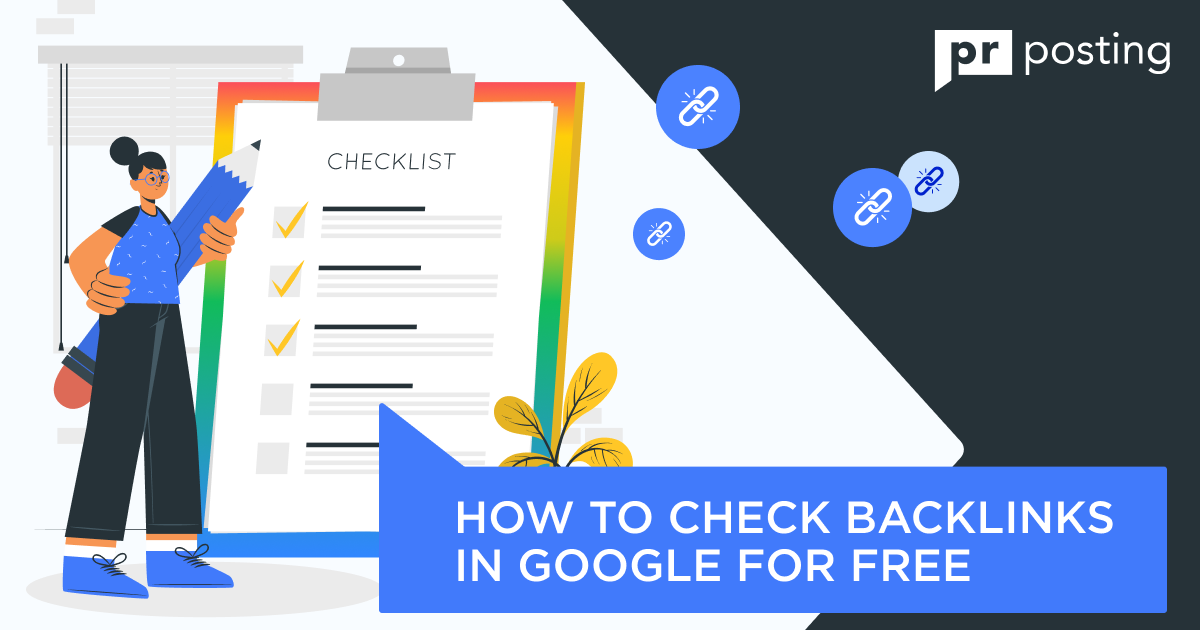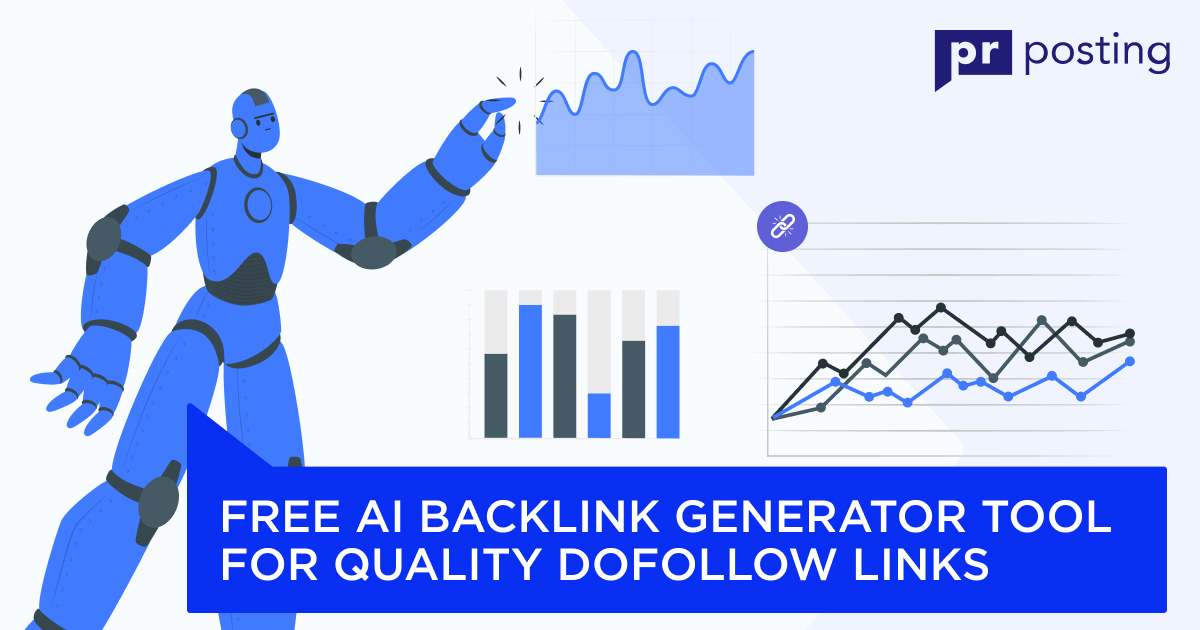How to Check Backlinks in Google for Free

People often wonder how to check backlink in Google without paying for costly software. The direct method involves using Google’s built-in search functions or its proprietary tools.
You can secure an overview of your link profile without spending a cent. This article explains the exact process.
We will show you ways to obtain this information directly from Google. Understanding where your links come from remains absolutely essential for any website owner.
We’ll help you identify which external pages are citing your content. This information will help you develop future SEO strategies.
Start your backlinks check on Google today. Your website’s digital reputation deserves this thorough check.
Why Checking Backlinks Your Backlinks in Google Matters
Checking backlinks using Google provides essential insight about your website. Quality links raise your ranking probability.
Failing to consider this crucial aspect can lead to issues with organic traffic. You need to understand which external sources are clicking on your site.
Checking Google backlinks helps website owners check content success. It reveals if your outreach efforts actually work.
This practice also helps unearth potentially harmful, low-quality links. Such poor backlinks need quick removal.
Why Using Google for Backlink Checks Works
Google maintains its own list of all the websites it discovers and determines which ones are most important.
- No other company or app has a better, more complete list than the one Google has before you even search.
- The value or importance that Google assigns to a website comes from Google’s own internal records.
- Looking directly at Google’s results tells you exactly what Google thinks is important.
- If you own a website, you can use Google Search Console, which is Google’s official, free tool for site owners.
How to Find Backlinks Using Google
Start to search for backlinks using Google. The process involves simple steps.
You will use specialized commands. These commands force the search engine to return specific results.
- Prepare your domain name: Ensure you possess the exact URL or domain.
- Open the Google search page: This action begins your direct research.
- Input the proper command: Use the operators detailed in the next section.
- Analyze the presented results: Take a close look at the pages Google returns.
Step 1: Using “link:” and Other Operators in Google
You can attempt to check website backlinks Google using an old convention: the link: operator.
However, this method rarely yields comprehensive data now.
- Type the link directly into the search bar. Please note that Google often displays only a few of the most relevant examples. This technique offers little real value today.
- A more effective method involves using Google Search Console. This platform grants website owners a direct feed on all observed links.
- Site Search: To see if a specific site links to you, search site or “your brand name.” This confirms a citation exists on that domain. Use this for targeted, specific checks.
Step 2: Checking Domain and Page Backlinks
Distinguish between page links and domain links.
- A page backlink points to a specific article.
- A domain backlink simply references your entire site.
- Both possess merit but convey varying signals.
Page Check: Targeted Content
Focus on your prime content. Are your most articles receiving backlinks? To attract traffic, valuable pages need valuable links.
Individual page analysis helps you check which content is more relevant.
Domain Check: Overall Authority
The total number of unique linking sites matters greatly. This metric determines your overall authority.
A higher number of preceding domains indicates a higher reputation. Review these numbers regularly to track your growth. This practice is fundamental for strategic SEO.
Step 3: Using Google Search Console for Backlink Data
Google Search Console is your trusted informant. This free tool reveals a great deal. It shows the links Google finds and trusts.
Log in to the Console dashboard. Locate the Links report. See a complete catalogue of external links.
This is the official list. No proxy list offers this clarity. Focus on the Top linking sites table. It shows the domains that send you the most traffic. Use this to check link influence.
Pro Tips to Interpret the Results
Do not accept all links equally. Some links carry more value.
Think about the linking site’s quality.
- Is the site reputable?
- Does its content relate to yours?
- Are there signs of low quality?
A backlinks check with Google report shows raw totals. You supply the senses.
High numbers of low-quality links can harm you. Keep an eye on new links. Quickly assess them.
How to Filter and Sort Backlink Data from Google
The data inside the Google Search Console can seem vast. You need to work with a large data set.
- Download the Table: Export the complete table first.
- Use a Spreadsheet: Open the file in Excel or Sheets.
- Sort by Linking Domain: Group links by the source site. This exposes sites linking to you many times. A single quality source is great. Many bad sources that cite large amounts of information raise suspicion.
- Filter by Target Page: See which of your pages attract links. High link counts suggest successful content. Low link counts might mean pages need promotion.
- Check Link Volume: Sort the table by the total links column. Find the domains that link most often.
This method makes checking backlinks using Google manageable.
How to Spot Toxic or Irrelevant Backlinks
Not every link is a welcome gift. Some links exist only to manipulate ranking.
Google calls these low-value or spammy links. They can hinder your site’s success. Find these poor links and address them.
How to recognize a bad link? Look for these signals:
- Irrelevant Topic: A bakery site links to a car repair shop. The link has little relevance.
- Low-Quality Site: The linking site is full of errors. It has thin content. Its design seems neglected.
- Massive Link Count: The site links to thousands of random pages. This signals spam.
- Foreign Language: An unknown language site links to your local business page. This seems unnatural.
When you check your backlinks in Google, you find these cases. The Google Search Console does not flag them as bad. It only shows their existence.
Your judgment must prevail. Compile a list of these suspect links. Later, you may use Google’s Disavow tool. This tells Google to ignore those links.
Free Tools that Integrate with Google Data
Google Search Console is the starting point. Other free tools supplement this core data. They help you analyze links more deeply.
- Screaming Frog SEO Spider: This tool crawls your own site. It finds all internal links. It also spots broken links. This ensures your link structure is sound.
- Google Sheets: Use the spreadsheet functions. Formulas can quickly flag domain names. You can highlight suspect words in link text. Use conditional formatting for fast analysis.
These resources speed up your analysis. Checking website backlinks using Google reports provides more insight.
You get your understanding from raw numbers. Avoid paying for simple data aggregation. Google already provides the essentials.
Use these free aids to extract more value. The aim is quick, accurate link auditing. Maintain a clean link profile. This boosts your site’s authority.
Best Practices for Checking Your Backlinks in Google
Checking links is key to success. A passive approach invites failure.
You need to organize a backlink audit. This will ensure their continued effectiveness. Website owners must use intelligent link-building tactics.
Checking backlinks using Google becomes part of this routine.
How Often Should You Check Backlinks?
Links appear and vanish continuously. For small sites, a monthly review is usually sufficient.
Larger websites may require more frequent backlink audits. You should use Google Search Console often.
High link velocity demands greater vigilance. A sudden drop in speed requires immediate attention.
The frequency should reflect the actual speed of your site. Do not allow too long intervals between checks.
What to Do When You Find Spammy Backlinks
Bad links require immediate correction. Finding spammy links happens often. Do not simply ignore them. These bad links can hurt your ranking.
There are two ways to proceed:
- Manual Deletion: Contact the referring website owner. Request the link’s removal politely. This direct approach sometimes succeeds.
- Use the Disavow Tool: The tool tells Google to ignore the specified link. Use your own judgment. Only disavow truly toxic links.
Check your backlink in Google carefully. Neglecting this aspect risks penalties. Maintaining a clean backlink profile is essential.
How to Combine Google Data with Other Backlink Tools
Google Search Console provides useful data. It shows what Google observes. Yet, GSC lacks competitive data. It offers little analytic depth. Therefore, more website owners use it.
- For Competitor Research: External tools provide a list of rivals’ links. This helps you find viable link opportunities.
- For Filtering and Scoring: Third-party tools assign domain authority scores. They speed up the prioritization of links found through Google Search Console.
- For Comprehensive Discovery: No single tool finds every link.
You can check site backlinks using Google data, then combine them. This creates a much more complete picture. Do not rely solely on one SEO tool.
Final Thoughts
We covered how to check site backlinks using Google. Remember these main ideas:
- Google Search Console (GSC): This tool is your best source for link proof. Use it always.
- Checking Frequency: Check links often. Match your checks to how fast your site grows. Be attentive.
- Bad Links: Fix low-quality links fast and firmly. Disavowal (telling Google to ignore a link) is the last option.
- Combine Tools: Mix Google Search Console data with other free tools. Get a clearer view of the whole picture.
Next Steps for Your SEO Strategy
- Schedule an Audit: Pick a day this week. Block out time for your first full link review.
- Export Google Search Console Data: Download the complete link list right away. Start working through it.
- Find Good Sources: Identify three link sources that are high quality. Look for similar websites.
- Spot Bad Links: Pinpoint links that look harmful. Get rid of them.
Careful effort requires persistence. Start your link checking habit now!
More Like This

Google Local Citations: The Secret to Local SEO






